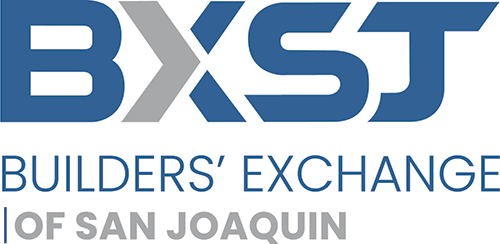New OSHA guidance is available to help employers reopening non-essential businesses and their employees stay safe during the evolving COVID-19 pandemic. These general workplace safety and health principles update restrictions originally put in place to slow the spread of the coronavirus.


The spread of COVID-19 is impacting employers across the country. [Man with flu resting on couch] For workforces not able to work remotely, employers are asking how they should address workers who exhibit symptoms or have a confirmed case of the disease.
With the number of positive cases of the virus continuing to rise, what steps should you take if one of your workers has COVID-19, and when should they be allowed to return to work? The CDC offers guidance on prudent timelines for different scenarios.
For instance, according to CDC, if an employee has a fever and a cough, but then gets better without COVID-19 testing or medical care, they would be allowed to return to work under the following conditions:
Another case could be an employee who is medically confirmed to have COVID-19 and is showing symptoms. In this instance, the worker would be allowed to return to work if:
Their fever has been resolved without the use of fever-reducing medications;
Their respiratory symptoms have improved (for example, cough or shortness of breath); and
They have had two negative COVID-19 tests
For employees who have a laboratory-confirmed case of COVID-19, but are not showing any symptoms, CDC currently says they may return to work:
CDC advises that local and state level authorities may adapt this and other COVID-19 guidance as circumstances change. The agency also has specific return-to-work guidance for healthcare personnel with confirmed or suspected COVID-19. Visit our COVID-19 webpage for further information and the latest resources on how you can address the virus in your workplace.
There are 6 counties that have sent out updated “Public Health Orders” last week that TAKE EFFECT MONDAY, MAY 4TH. These orders are extensions to previous state at home orders that these counties have previously adopted and are specific to small and large construction projects.
It’s important that you know ANY and ALL CHANGES! (Click on the any of the 6 counties to see their recent order ~ 04/29/2020)
Alameda
Contra Costa
Marin
San Francisco
San Mateo
Santa Clara
The CDC has updated its guidance to allow employees working in critical infrastructure industries to remain on the job in specified circumstances after an exposure to COVID-19. CLICK HERE for the Guidance

In an effort to maintain our “essential industry” exemption, we must all follow industry best practices during the COVID-19 “shelter-in-place” period.
The Coronavius Aid, Relief and Economic Security (CARES) Act allocated $350 billion to help small businesses keep workers employed amid the pandemic and economic downturn. Known as the Paycheck Protection Program, the initiative provides 100% federally guaranteed loans to small businesses.
Importantly, these loans may be forgiven if borrowers maintain their payrolls during the crisis or restore their payrolls afterward!
Do you qualify?
REDUCED WORK HOURS
POTENTIAL CLOSURE OR LAYOFF

Employers – YOU ARE REQUIRED TO POST THIS NOW! All employers covered by the paid sick leave and expanded family and medical leave provisions of the FFCRA (i.e., certain public sector employers and private sector employers with fewer than 500 employees) are required to post this notice.
The notice needs to be displayed in a conspicuous place where employees can see it. If they are able to see it at the main office, it is NOT necessary to display the notice at your different work-site locations.
Please notify your employees a new posting is available in your main office.

On March 19, 2020, California Governor Gavin Newsom issued an order for all individuals living in the State of California to stay home or at their place of residence. Businesses and organizations that provide critical infrastructure for the state are exempted, including health care and public health, public safety, food and agriculture and media.
The California Office of Emergency Services provided additional guidance on exempt sectors. Guidance on construction activity was included in this document (page 11 in the link).
“Construction Workers who support the construction, operation, inspection, and maintenance of construction sites and construction projects (including housing construction)”
“Workers such as plumbers, electricians, exterminators, and other service providers who provide services that are necessary to maintaining the safety, sanitation, and essential operation of construction sites and construction projects (including those that support such projects to ensure the availability of needed facilities, transportation, energy and communications; and support to ensure the effective removal, storage, and disposal of solid waste and hazardous waste)”
Control the spread of the Coronavirus by using these simple requirements:
Labor & Workforce Development Agency Guidance
CA Department of Public Health Guidance docs
Coronavirus and discrimination
CDC asks Employers To Do All They Can To Slow Virus
Small Business Guidance & Loan
Governor’s Office of Business and Economic Development (Go-Biz)
